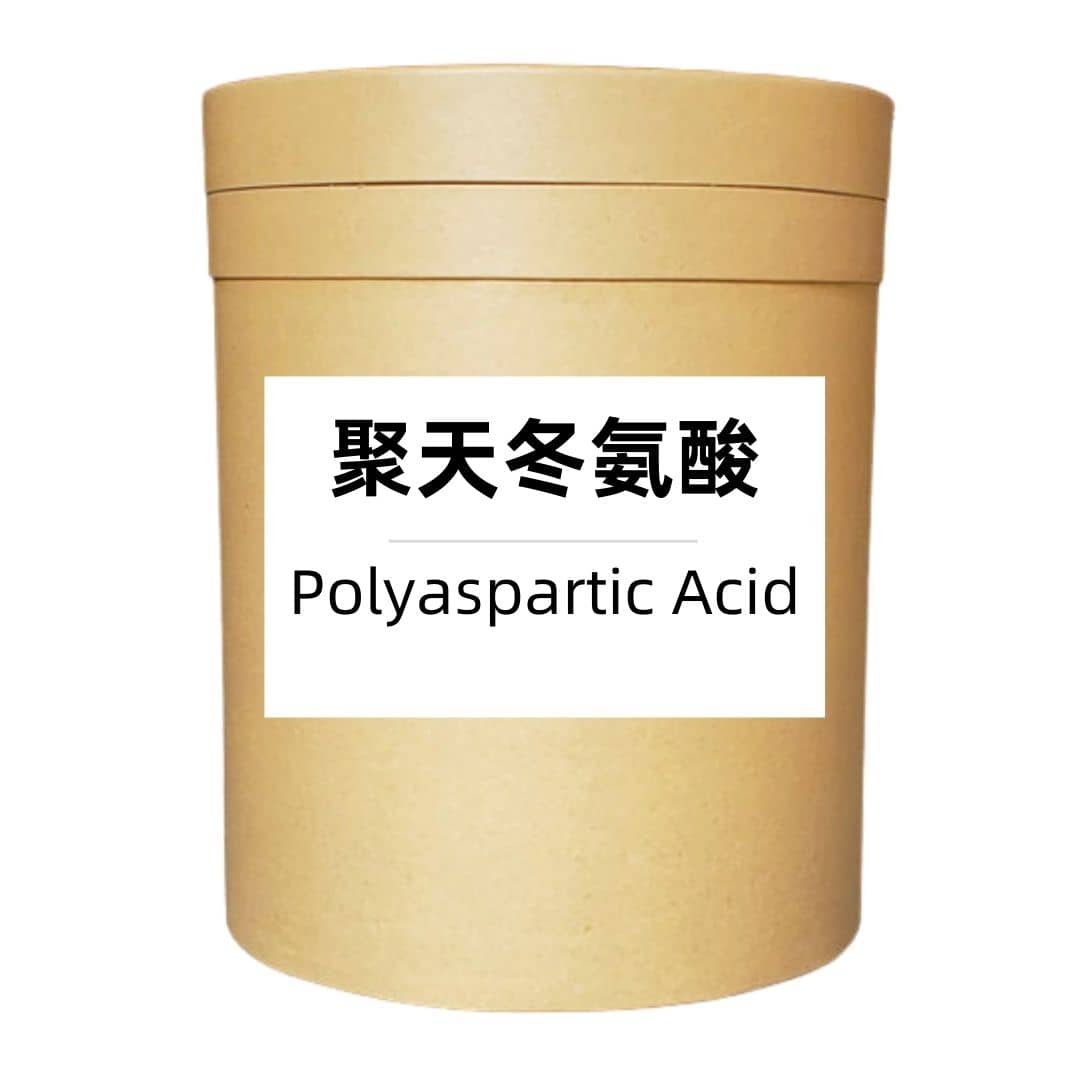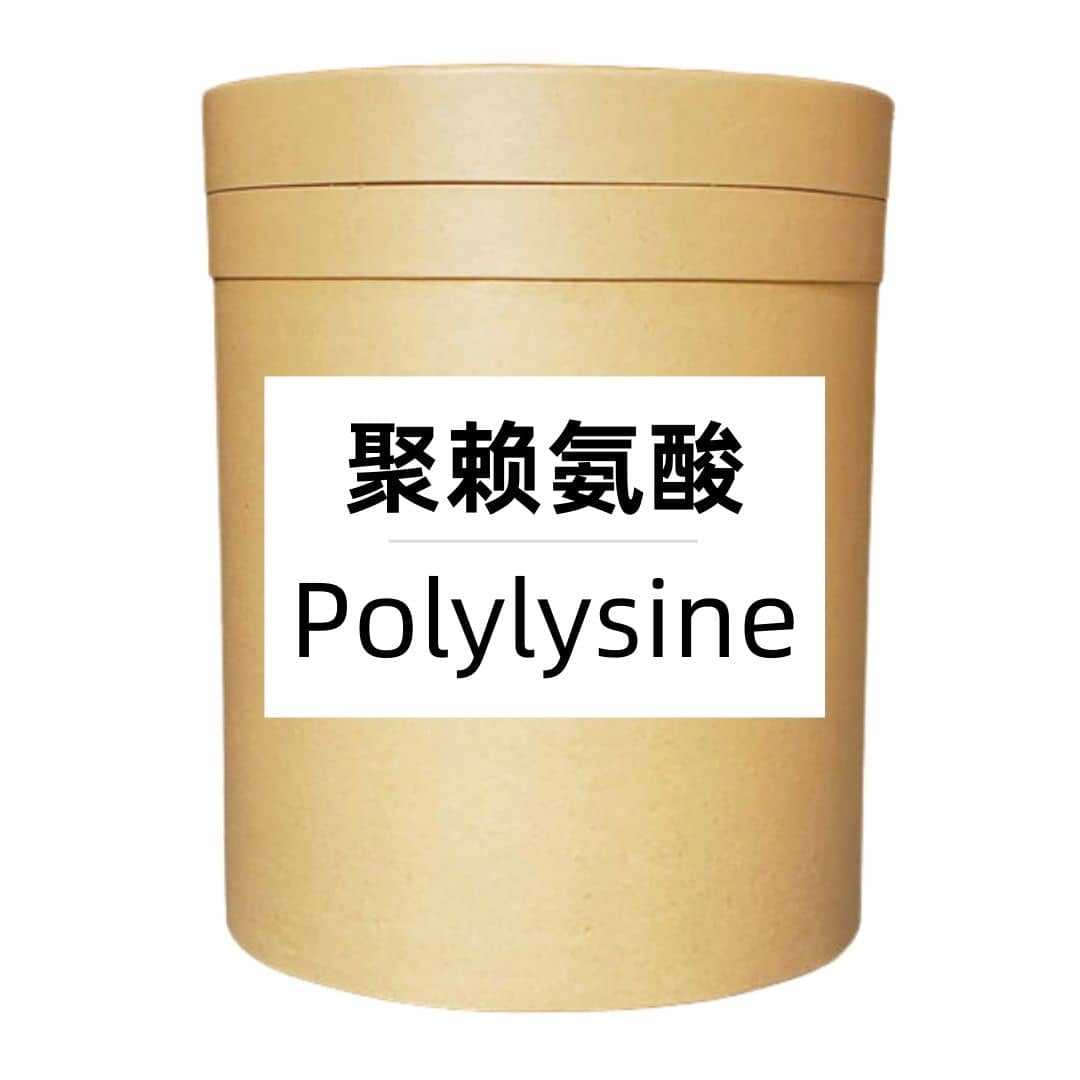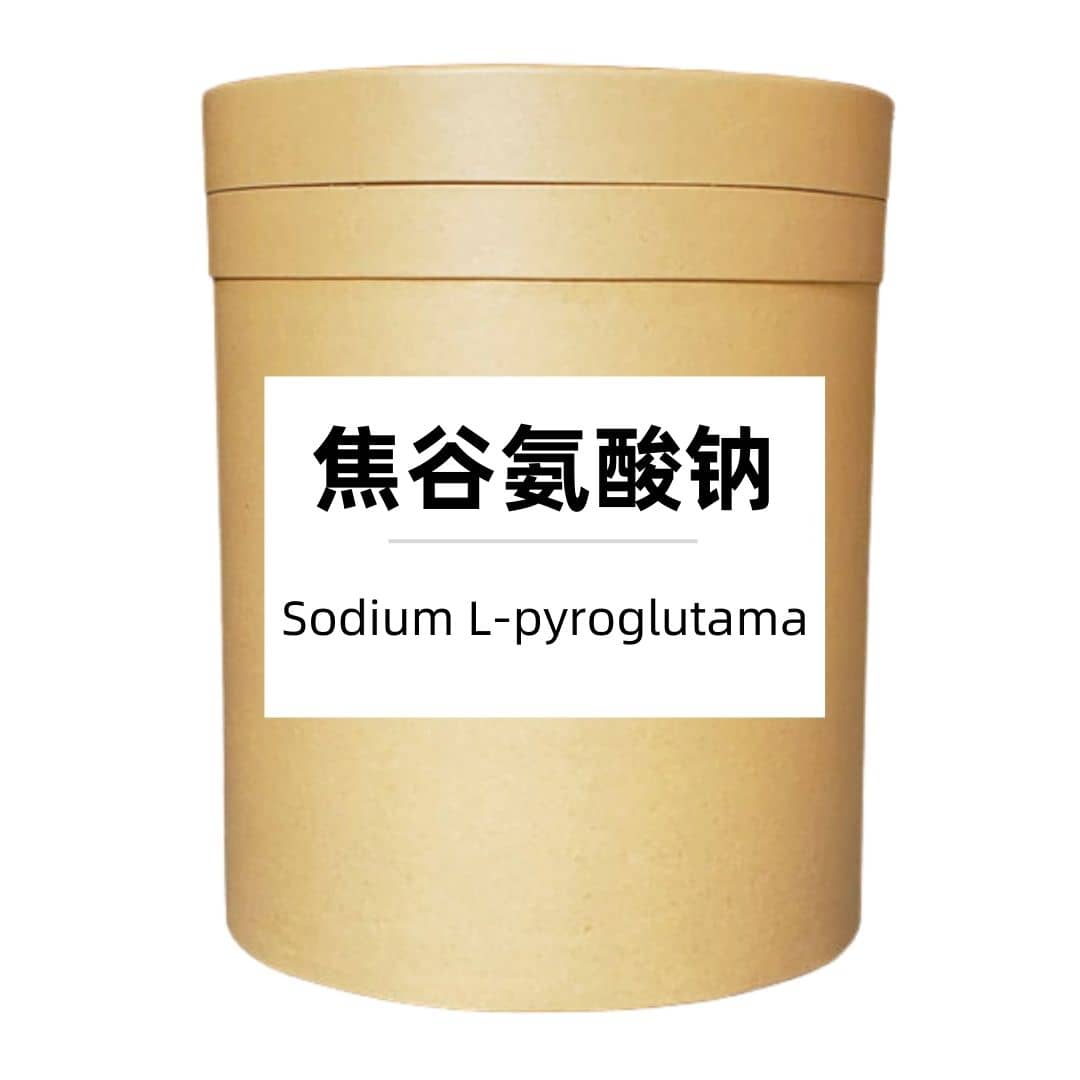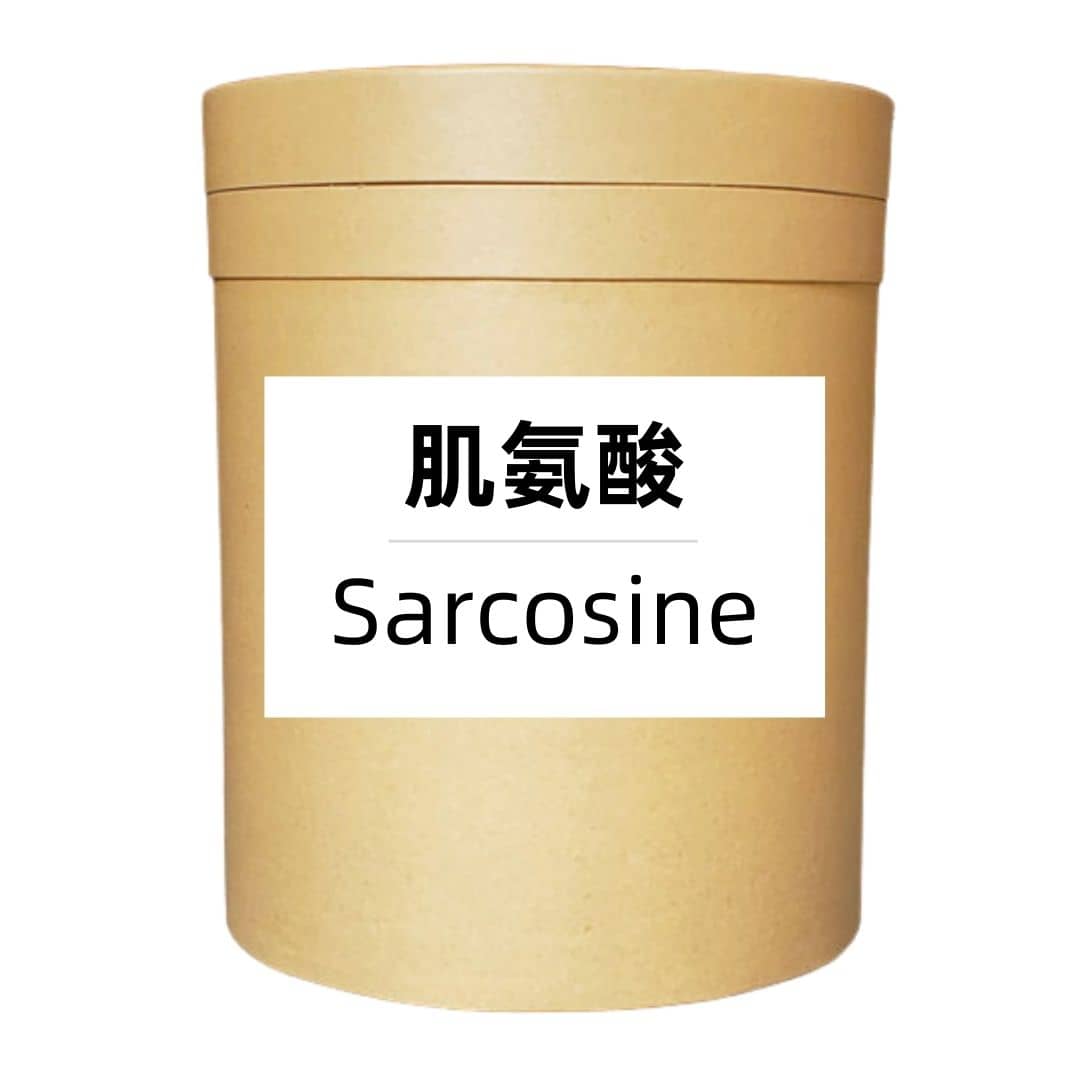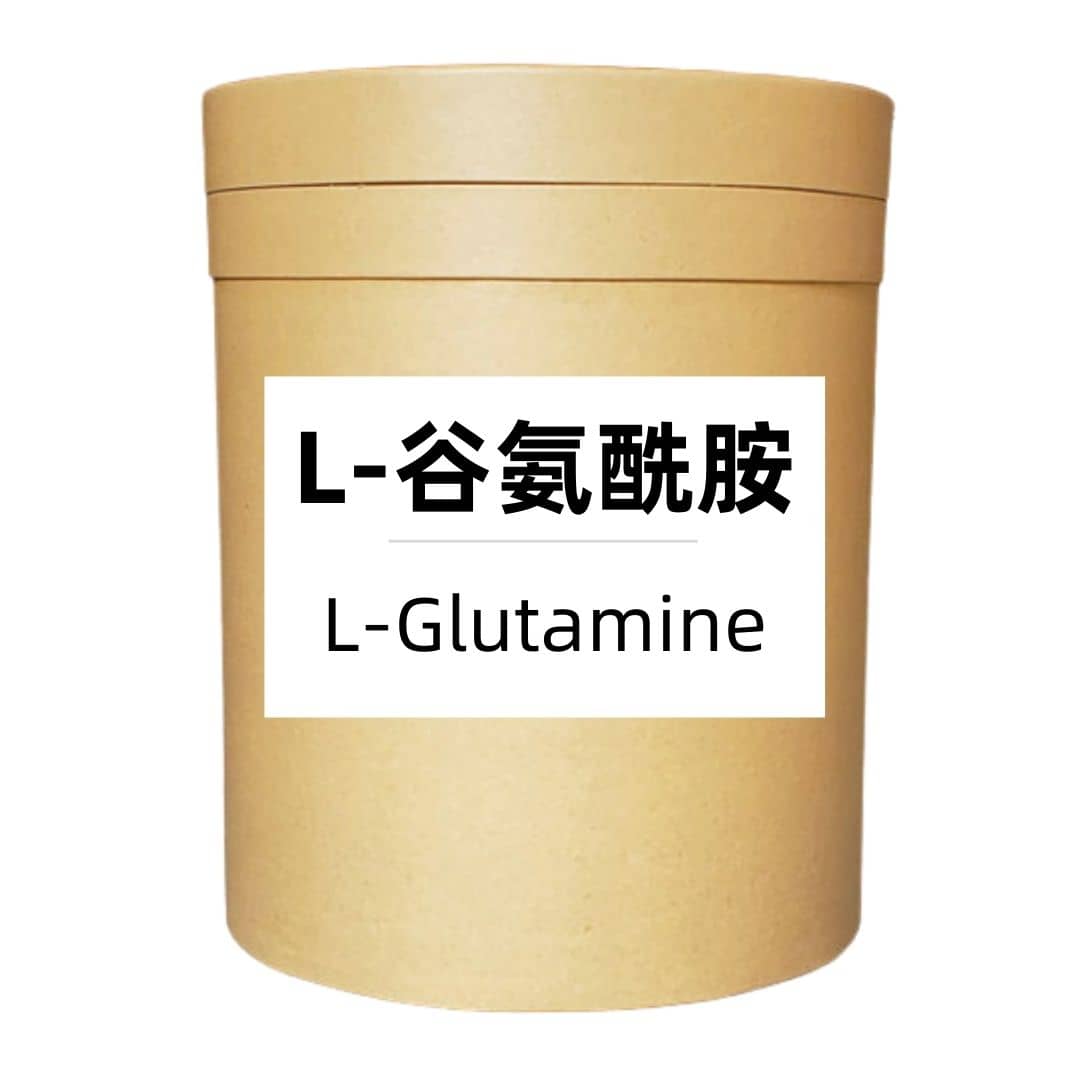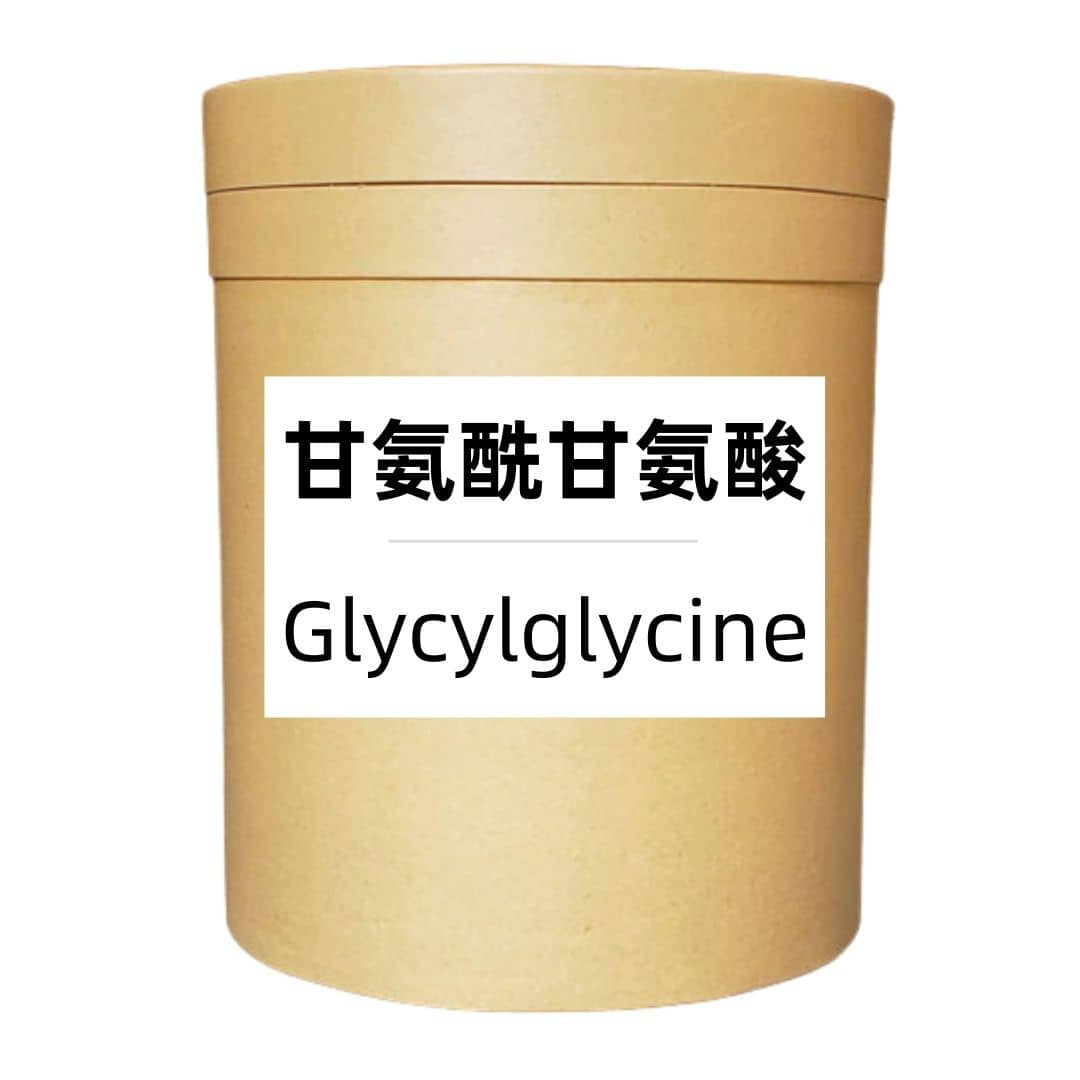Product Introduction
Glycine betaine, also known as betaine or trimethylglycine, is an organic compound naturally found in various plants and microorganisms. It's a quaternary ammonium compound composed of glycine and trimethylamine. Glycine betaine is widely distributed in nature, particularly in drought-resistant and salt-tolerant plants.
Glycine betaine has multiple physiological functions and applications. First, it acts as an osmolyte in plants, helping them adapt to stressful conditions like drought, high salinity, and low temperature. Second, as a biological protectant, glycine betaine safeguards cell membranes and enzyme stability, maintaining normal cellular functions. Additionally, glycine betaine possesses antioxidant and anti-inflammatory properties, potentially protecting against cardiovascular diseases and neurodegenerative disorders.
Production Process
Glycine betaine is primarily produced through chemical synthesis. A typical synthesis route involves a condensation reaction between glycine and trimethylamine. The specific production steps are as follows:
- Reactant Preparation: Preparing solutions of glycine and trimethylamine.
- Condensation Reaction: Mixing the glycine and trimethylamine solutions in a reactor, conducting the condensation reaction under appropriate temperature and pH conditions. The reaction usually requires stirring and heating to facilitate the process.
- Crystallization Separation: Separating the reaction product through crystallization and isolating the solid product using filtration or centrifugation.
- Drying and Grinding: Drying and grinding the solid product to obtain fine powder or crystalline glycine betaine.
Throughout the production process, rigorous quality control and process control are necessary to ensure product purity and quality. Additionally, compliance with relevant regulations and standards is essential to guarantee the safety and environmental friendliness of the production process.
Product Efficacy and Functions
Glycine betaine offers several benefits. First, as an osmolyte, it helps plants maintain osmotic balance under stressful conditions like drought, high salinity, and low temperature, enhancing their tolerance.
Second, as a biological protectant, glycine betaine safeguards cell membranes and enzyme stability, maintaining normal cellular functions. It effectively prevents cell membrane damage and reduced enzyme activity under stress, protecting cells from harm.
Additionally, glycine betaine possesses antioxidant and anti-inflammatory properties. It can scavenge free radicals, reducing oxidative stress-induced cell damage. Moreover, it can inhibit inflammatory responses, alleviating inflammation-related damage and symptoms.
In summary, glycine betaine provides numerous benefits. It enhances the stress tolerance of plants, increasing crop yield and quality. For humans, glycine betaine offers physiological protection and may have protective effects against cardiovascular diseases and neurodegenerative disorders.
Product Applications
Glycine betaine has broad applications in various fields.
In agriculture, glycine betaine is widely used as an osmolyte in various crops like rice, wheat, corn, and grapes. It helps crops enhance their tolerance to drought, high salinity, and low temperature, improving crop yield and quality.
In the food industry, glycine betaine serves as a food additive widely used in various foods like meat products, baked goods, and seasonings. It regulates food flavor and enhances taste, increasing the saltiness and sweetness of foods, improving taste and freshness.
In the pharmaceutical industry, glycine betaine can be used as a humectant and anti-irritant in cosmetics and skincare products. It enhances the moisturizing effect of products and improves dry and rough skin.
In research, glycine betaine is commonly used in cell culture, enzymatic reactions, and protein purification experiments. It can serve as a solvent, stabilizer, and protectant to safeguard the stability and activity of biological samples.
Packaging and Transportation
- Storage Conditions: Seal, protect from light, and store in a cool, dry, and well-ventilated place.
- Packaging: 25kg/paperboard drum for bulk goods, 1kg/aluminum foil bag for samples, or customized packaging as per customer requirements.
- Transportation: Express or logistics. Domestic express delivery takes three days, and logistics takes five days. Quotations generally include domestic transportation costs.
- Shelf Life: Two years
Monica Sun possesses extensive technical expertise and market insights in the food additives industry. She excels in designing efficient and safe additive formulations tailored to various food applications, ranging from sweeteners to functional dietary fibers. Monica has successfully assisted food manufacturers in optimizing ingredient combinations to enhance product quality and improve consumer satisfaction.









